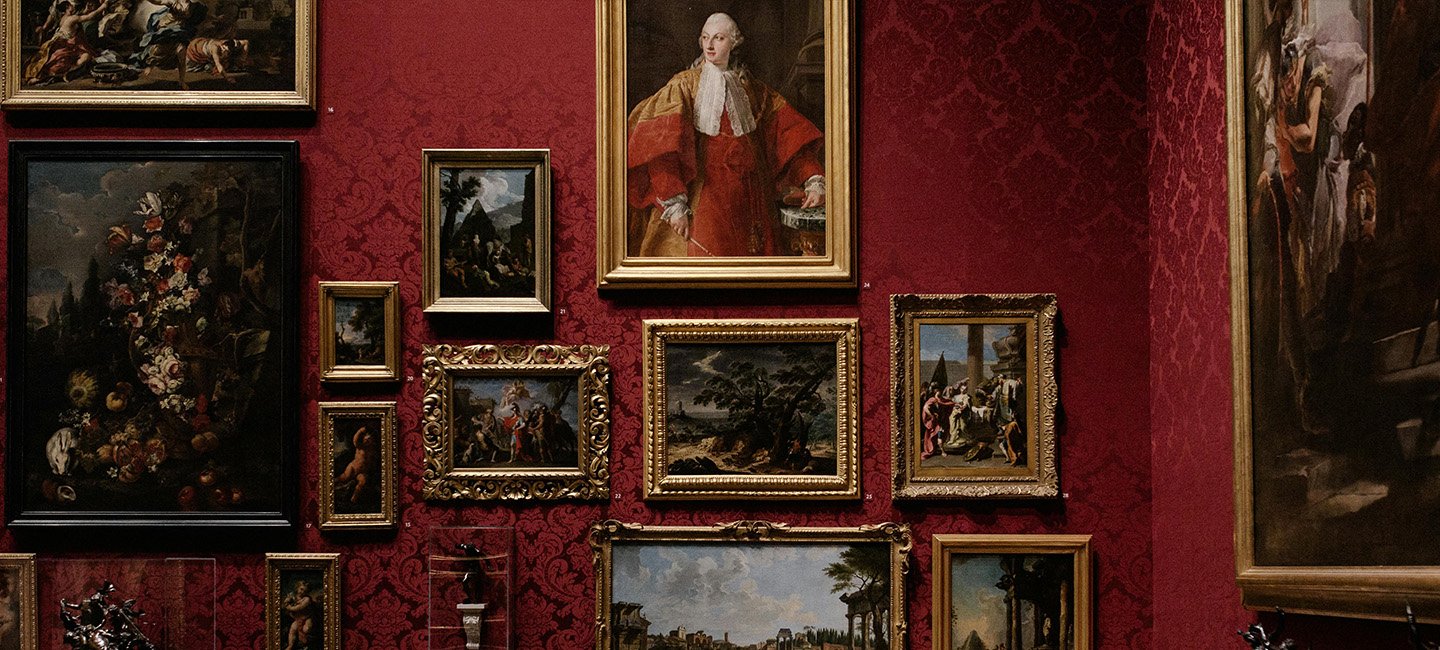Embarking on the journey of art collecting can be both exhilarating and overwhelming, especially for young, first-time collectors. This article offers a guide with expert insights and practical advice to help you navigate the art world with poise.
Stepping into art collecting for the first time can seem daunting. For young, first-time collectors, this journey is a blend of confusion, excitement, and challenge. But fear not! We bring you an exclusive article packed with essential tips and expert insights to help you start curating an art collection that’s uniquely yours.
Form an Emotional Connection

A lot of people think of buying art as an investment piece. Whereas in reality, art is also something that resonates with your inner self; it is something that you know is going to work with you, instead of being just a showpiece in the living room. Srila Chatterjee, Founder, Baro Market, India, says, “Don’t think of art as investment; think of it as something that will add immense value to your life and always enhance the way you feel in any space.”
As a first-time buyer, remember that art’s value is deeply personal and subjective. The emotional connection you feel should outweigh external factors. Chatterjee believes art collecting is about personal satisfaction, not just market trends.
Start with Some Self-Research

After forming an emotional connection with the artwork you like, dive into research, visit auction houses, galleries and immerse yourself in art. Additionally, stay informed by following trends and developments, especially through social media. Rosa Davies, Marketing Coordinator and Advocacy, BACKLIT Gallery, Nottingham, United Kingdom, says, “I also encourage your readers to see collecting art as a creative practice in itself. The art you buy is an extension of your creativity.” Always remember that the artworks you buy will remind you of who you were when you bought them and what was going on in your life and mind at that time, creating lifelong memories.
The Next Step

The next step would be to visit galleries and engage with art to refine your taste. The more art you see, the better you’ll recognize your preferences and quality in a piece. Kathryn Markel, Founder of Kathryn Markel Fine Arts, New York, adds, “Go online and go to museums and galleries and save photos of the art you like. After you’ve done this for a few months and have hundreds of photos of art you like, go through and pick out the 30-40 pieces you like the best. Then you have an idea of the kind of art you like. Try and find a connecting theme. Is it colour, space, subject matter.”
West also adds that the more you visit galleries, the better you will “familiarize yourself with different art forms, the better you’ll understand your own taste.” This will guide you in curating a collection that resonates with your personal style and vision. “As you develop this sense of taste, your collection will naturally evolve, reflecting your unique artistic journey,” she adds.
Engage with Artists

If a piece resonates with you, the next tip is to visit local galleries and museums and meet local artists. Get on their email lists, attend openings, and ask to visit their studios. Lucy West, Assistant Curator at Dulwich Picture Gallery in London, adds, “Whenever possible, attend events where you can meet artists and learn about their work directly from them. Local art trails, open studios, and exhibition launches are excellent places to start.” Markel also suggests visiting art fairs to view a broad range of art at once. Connecting with local artists and discovering the stories behind their works can elevate a piece from mere decoration to a deeply personal passion. Don’t be shy – strike up a conversation and learn about the story behind their masterpieces.
Social Media and Record-Keeping

If you’re unsure about what you like, explore artists and artwork on social media and follow them to gain a clearer sense of your artistic taste. “Look at Instagram, and if you see an artist you like, check out the artists they follow,” says Markel. Once you’re familiar with their work, you can meet them in person and view their art in galleries. After acquiring their artwork, West suggests keeping a record of your acquisitions, even if it’s just in a small notebook. “This will help you remember who the artists are, where and when you bought the work, and any contact details or related correspondence you might have.” This will help you stay organized in the long run.
Art for You or the Public?

Always remember that while collecting art, start by asking yourself: “Who am I building this collection for?” Is it for your personal enjoyment, as an investment for the future, focused on a specific niche, or intended to share with the public? West notes, “When the founders of London’s Dulwich Picture Gallery were establishing the collection at the end of the 18th century, they knew they wanted the collection to be for the public – drawing together as many celebrated historic European artists as they could, for others to enjoy.”
Hence, your professional or personal niche taste in art could be beneficial in the future; you might be approached by a gallery about it someday. You never know!
Right Price
As a first-time art collector, it’s essential to invest only when you’re ready. The financial aspect can be daunting, but Chatterjee advises, “If you’re comfortable with the price, take it; if not, walk away.” Art’s value is deeply personal, so ensure your purchase aligns with your satisfaction and budget.
Ultimately, first-time art collecting should be a gratifying experience, not one marred by financial stress. Trust your instincts, prioritize your connection to the artwork, and make decisions based on what feels right for you. As you navigate this exciting journey, remember that art collecting is about passion, not pressure. Trust your gut, follow your heart, and let the joy art brings be its true value.


